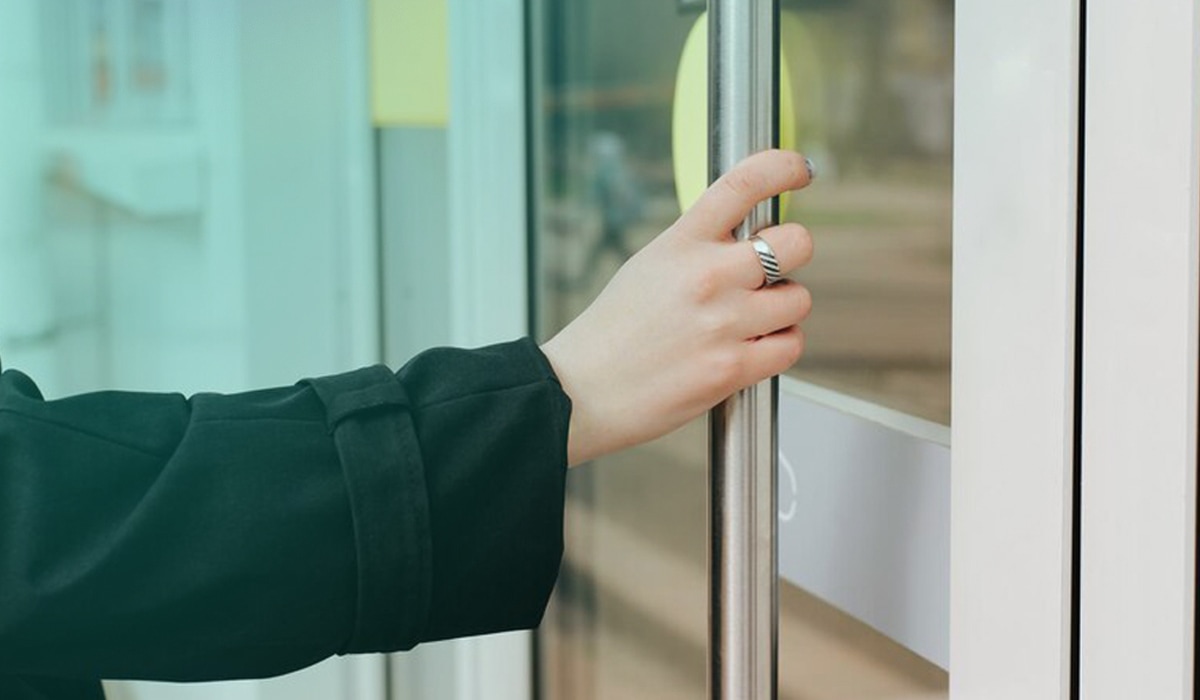In today’s security landscape, physical access controls are pivotal in safeguarding sensitive spaces and resources. These controls encompass various measures and technologies designed to manage and monitor entry to physical premises, ranging from traditional locks and keys to cutting-edge biometric systems. This guest post explores the fundamental aspects of physical access controls, highlighting their importance and the components of an effective access control strategy. By delving into these critical concepts, readers will understand how organizations can fortify their physical security, ensuring that only authorized personnel gain entry to essential areas.
Understanding Physical Access Controls
The Core Concepts
In the security world, Physical Access Controls (PAC) stand as stalwart defenders of premises, ensuring only authorized personnel gain entry. These controls revolve around regulating physical entry, utilizing locks, barriers, and biometrics. At their core, PAC systems embody the principle of safeguarding spaces, tangible assets, and sensitive information by allowing access only to individuals with proper authorization. One can effectively fortify their security infrastructure by mastering the core concepts behind PAC.
Key Components of Physical Access Controls
When it comes to implementing robust PAC systems, a few key components are essential. First and foremost, there are access points, which act as gateways to restricted areas. Various technologies like electronic key cards, PIN codes, or even fingerprint scanners come into play to secure these points. Additionally, surveillance plays a crucial role, with security cameras and monitoring systems ensuring a watchful eye over access points. Finally, there’s the vital element of authentication, where individuals are verified before they are granted access. These components collectively orchestrate the symphony of Physical Access Controls, ensuring that only those with legitimate permissions can pass through the gates.
Implementing Effective Physical Access Controls
Designing Access Control Systems
Designing access control systems involves crafting solutions that align seamlessly with your organization’s unique requirements. The process entails thoroughly evaluating your premises, considering entry points, employee zones, and visitor areas. Tailoring the system to your specific needs ensures a robust defense against unauthorized access while maintaining operational efficiency.
Choosing the Right Technologies
Selecting the appropriate technologies is pivotal in bolstering physical access controls. It involves a judicious blend of authentication methods, from traditional keys and cards to biometric scanners and smart locks. By leveraging modern advancements, you enhance security and simplify access management, granting authorized personnel swift and secure entry.
Establishing Access Policies and Procedures
Establishing clear-cut access policies and procedures is the foundation of adequate physical access controls. These guidelines govern who can access what areas and under what circumstances. By defining roles, permissions, and protocols, you create a framework that minimizes human error and ensures that the right individuals gain access while maintaining your organization’s security posture.
Challenges and Considerations
Security Risks and Threats
When delving into the fundamentals of physical access controls, addressing security risks and threats head-on is imperative. The safeguarding of physical assets and sensitive information relies on robust security measures. Unauthorized access, theft, and vandalism are persistent concerns. To counter these threats, businesses must adopt a layered security approach, combining measures like biometric authentication, surveillance, and restricted access zones to fortify their defenses.
Compliance and Legal Requirements
Navigating the complex landscape of compliance and legal requirements is essential to managing physical access controls. Regulatory frameworks like HIPAA, GDPR, and industry-specific mandates impose stringent guidelines for securing access to confidential data and maintaining the privacy of individuals. Ensuring compliance not only mitigates legal risks but also enhances trust among stakeholders. It demands meticulous record-keeping, audits, and adherence to evolving regulations to stay on the right side of the law while safeguarding valuable assets and data.
Best Practices for Maintaining Physical Access Controls
Regular Audits and Assessments
Regular audits and assessments of your physical access controls are paramount in ensuring the security of your premises. These routine checks enable you to identify vulnerabilities and weaknesses in your system, allowing for timely remediation. You can proactively address potential risks by staying vigilant through scheduled evaluations before they escalate.
Adapting to Evolving Threats
Adaptability is key in the ever-changing landscape of security threats. To safeguard your facility effectively, it’s imperative to remain agile and responsive to emerging risks. Continuously monitoring and staying informed about the latest security threats empowers you to make necessary adjustments to your physical access controls, keeping them aligned with current security standards.
User Training and Awareness
Equally critical as robust security measures is educating your staff and stakeholders. Comprehensive training and awareness programs ensure that everyone understands the importance of physical access controls and their role in maintaining security. By fostering a culture of vigilance and responsibility, you create a cohesive defense against potential breaches.
In closing, physical access controls are dynamic and multifaceted as indispensable guardians of our valuable spaces and assets. Organizations can establish a practical security framework by understanding its core concepts, embracing essential components, and adopting best practices. Security is a continual journey that demands adaptability and a proactive mindset, as threats are ever-evolving. Compliance with legal requirements ensures not only protection but also trust among stakeholders. Regular audits, adaptability, and user education are pillars of maintaining a secure environment. Embracing these principles empowers us to navigate the intricate security web confidently and resiliently.
Publisher’s Details:
Vertex Security Systems
400 2nd Ave, New York, NY 10010
(212) 586-3633
vertexsecurity.com
info@vertexsecurity.com
Biometric access control systems have gained significant attention recently due to their advanced features and security benefits. If you’re considering investing in such systems, Vertex Security’s blog post on “Biometric Access Control: Is it Worth the Investment?“
And if you’re looking for secure access control systems in Bronx, NY, Vertex Security stands out as a top choice. They are renowned for offering the best services in the industry.



